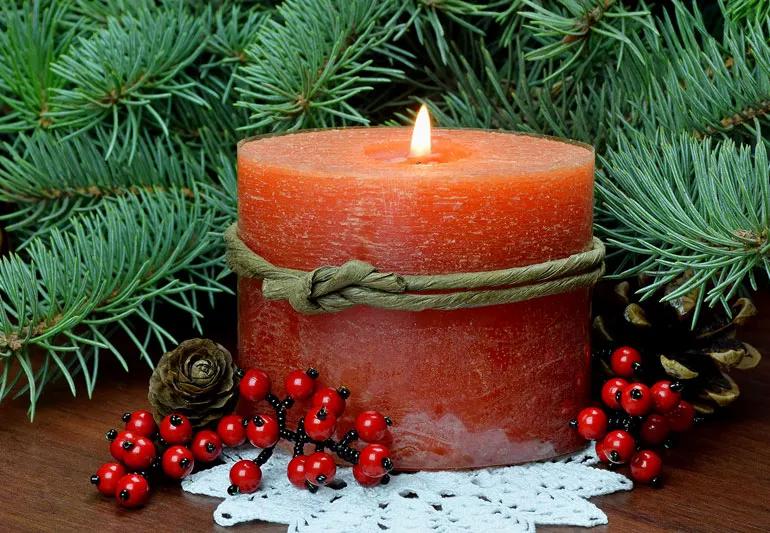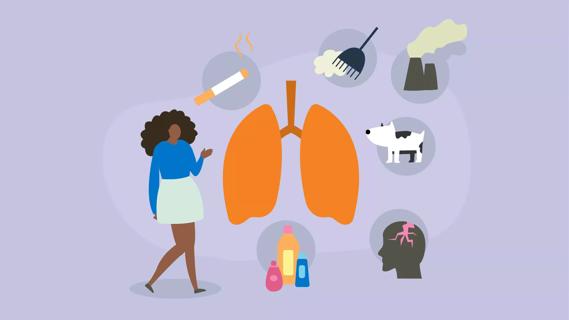Key tip: minimize your exposure

The holidays are a time of celebration and a period when we can experience sensory overload in the best way. Bright lights, memorable songs and lots and lots of smells.
Advertisement
Cleveland Clinic is a non-profit academic medical center. Advertising on our site helps support our mission. We do not endorse non-Cleveland Clinic products or services. Policy
For many people, the smells of cinnamon- or pine-scented candles or a freshly cut tree evokes good memories. But for some people, those well-known aromas present a serious health risk.
Decorations that fill your home with holiday scents can jump-start nasal congestion, sneezing and a runny nose in just about anyone. But, the health risks are higher if you have asthma, says pulmonologist Katina Nicolacakis, MD.
According to the Annals of Allergy, Asthma and Immunology, respiratory illnesses peak during the holidays. Research from the University of Washington also found roughly one-third of people with asthma have chemical hypersensitivity, and more than one-third reported irritation related to scented products.
These fragrances can be so strong for individuals with hypersensitivity to odors that they can irritate the respiratory system to the point of triggering an asthma attack.
“There are many patients for whom anything scented – candles, pine cones, right down to their live Christmas tree – will spark an asthma attack,” Dr. Nicolacakis says. “These are people who just can’t have scented things in their homes.”
However, there are things you can do to minimize your risk.
Overall, Dr. Nicolacakis says, avoidance is key. But there are a number of other ways that you can protect yourself from potential asthma attacks in the flood of holiday scents.
Advertisement
Advertisement
Learn more about our editorial process.
Advertisement

Adult-onset asthma has the same symptoms as childhood asthma, but tends to be more severe

An asthma action plan is a personalized, step-by-step set of instructions for handling asthma attacks

Checking the weather, pollen counts and air quality can help you avoid asthma triggers

Stress can trigger and worsen asthma symptoms, like coughing and shortness of breath

Smoking, including secondhand smoke, can worsen your asthma triggers and damage your airways

Nighttime asthma attacks can be due to acid reflux, allergens and hormonal changes, but treatment can help prevent them

The effectiveness and safety of many of these options are unknown, so it’s best to stick to traditional care

Avoid triggers like dust, smoke and cold air to lessen your chances of coughing

Babies can get congested easily, but you can calm their cough by keeping them hydrated, using nasal drops and running a humidifier

Weight loss may cause loose, sagging skin and muscle loss to your rear

Several conditions, like vitiligo and fungal infection, can cause a loss of pigmentation, leading to white spots or patches on your skin